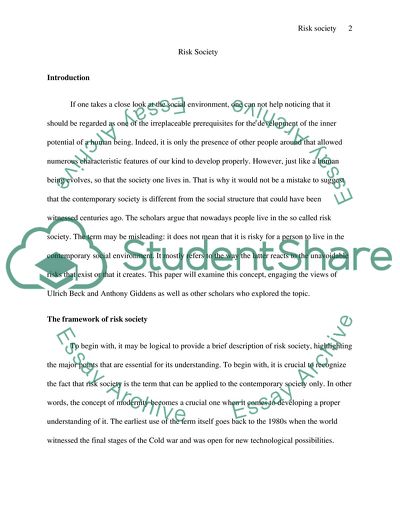Cite this document
(The Concept of Risk Society Coursework Example | Topics and Well Written Essays - 2000 words, n.d.)
The Concept of Risk Society Coursework Example | Topics and Well Written Essays - 2000 words. https://studentshare.org/sociology/1875912-what-is-risk-society-and-how-do-we-respond-to-risks
The Concept of Risk Society Coursework Example | Topics and Well Written Essays - 2000 words. https://studentshare.org/sociology/1875912-what-is-risk-society-and-how-do-we-respond-to-risks
(The Concept of Risk Society Coursework Example | Topics and Well Written Essays - 2000 Words)
The Concept of Risk Society Coursework Example | Topics and Well Written Essays - 2000 Words. https://studentshare.org/sociology/1875912-what-is-risk-society-and-how-do-we-respond-to-risks.
The Concept of Risk Society Coursework Example | Topics and Well Written Essays - 2000 Words. https://studentshare.org/sociology/1875912-what-is-risk-society-and-how-do-we-respond-to-risks.
“The Concept of Risk Society Coursework Example | Topics and Well Written Essays - 2000 Words”. https://studentshare.org/sociology/1875912-what-is-risk-society-and-how-do-we-respond-to-risks.


